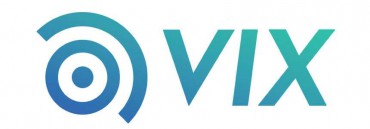DEFINITION of VIX
VIX is short for the Chicago Board Options Exchange Volatility Index. It is a measure used to track volatility on the S&P 500 index.
WHAT IT IS IN ESSENCE
This is the most well-known volatility index in the markets. The stock and options traders use this to gauge the market’s anxiety level.
A volatility index is a measure of a particular market’s likelihood of making sudden price movements or its relative instability. The VIX does this by aggregating the implied volatility on a set number of put and call options based on the S&P 500.
The implied volatility of these options is used to calculate a numerical figure for the overall 30-day volatility of the S&P 500. Which is, in turn, used as an indicator of general market sentiment.
If the Volatility Index gives a value of greater than 30 then the market is seen as volatile. Hence, under 20 is calm.
The VIX rises when put option buying increases. And falls when call buying activity is more robust. Low readings on the VIX are bearish, while high readings are bullish.
It is significant because it acts as a very good gauge for the market fear factor. In times of financial stress, Volatility Index increases (typically spikes up) and then rolls off the markets stabilize.
HOW TO USE
It is a good indicator of the expectation of market volatility.
Note – expectation!
t is not representative of the actual volatility or what will happen.
It is just a general assumption based on the premium investors are willing to pay for the right to buy or sell the stock.
Just like other forms of insurance, the greater the risk the higher the premiums, and the lower the risk the lower the premiums.
When the options premium fall the VIX falls and when premiums rise it rises.
It is the result of millions of transactions by millions of traders from around the world.
The buyers and sellers move the option prices, more buyers and the premiums go up, more sellers and the premiums go down.
The Volatility Index takes a weighted average of all these options prices in the S&P 500 index and derives a single number that is called the VIX.

